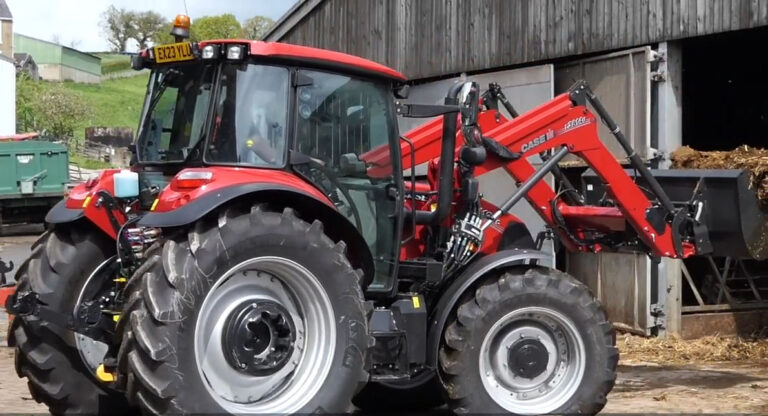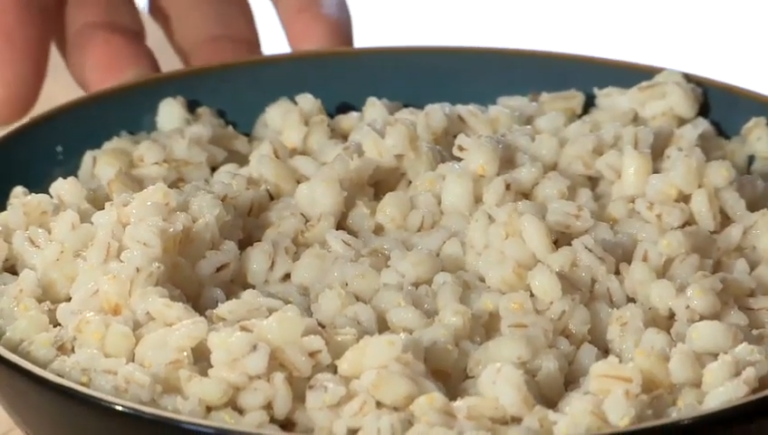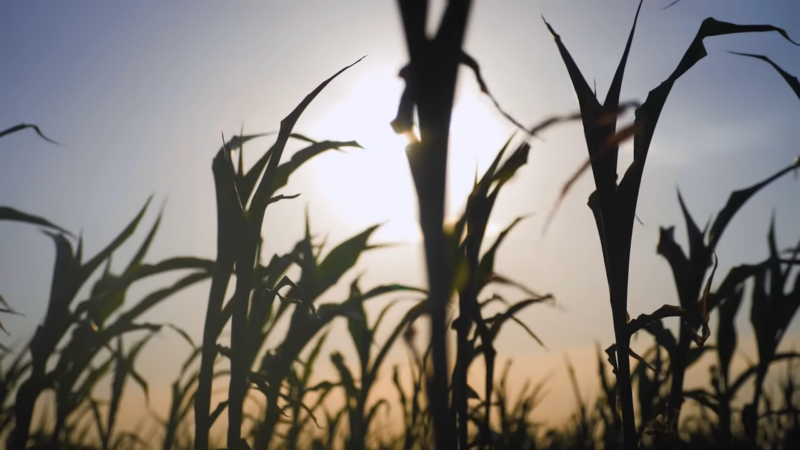The 2024 crop season brought a mix of record yields, shifts in planted areas, and diverse performances across different commodities. Let’s explore the key outcomes for each crop and what they suggest for future agricultural trends.
1. Corn Record Yield Despite Reduced Acreage
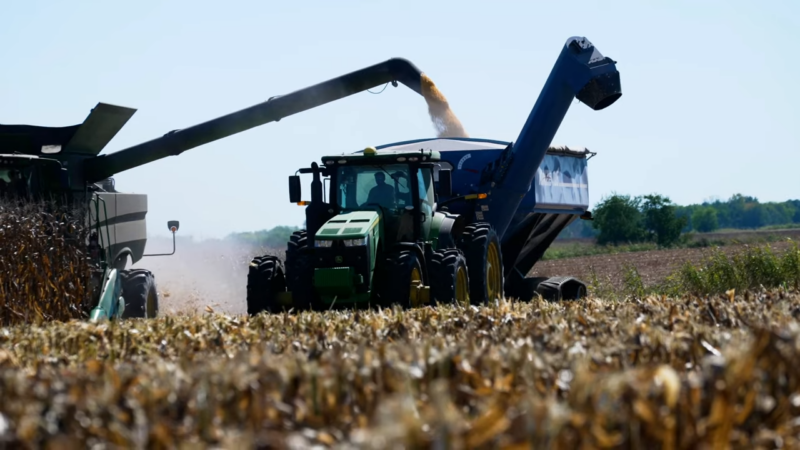
Corn production achieved a new record yield of 183.1 bushels per acre, reflecting a significant increase of 5.8 bushels compared to 2023. This gain in efficiency is a testament to advanced seed technology, improved agronomic practices, and favorable weather conditions in key growing areas.
The total corn production for 2024 is projected at 15.1 billion bushels, a slight decrease of 1% from 2023. Despite record yields, the reduction in production is primarily due to a smaller harvested area.
Reduced Planted and Harvested Area
- The total area planted with corn decreased to 90.7 million acres, down 4% from the previous year.
- Corn harvested for grain also dropped to 82.7 million acres, reflecting a 4% decline from 2023.
2. Soybeans Record Production Driven by Higher Yields and Increased Area
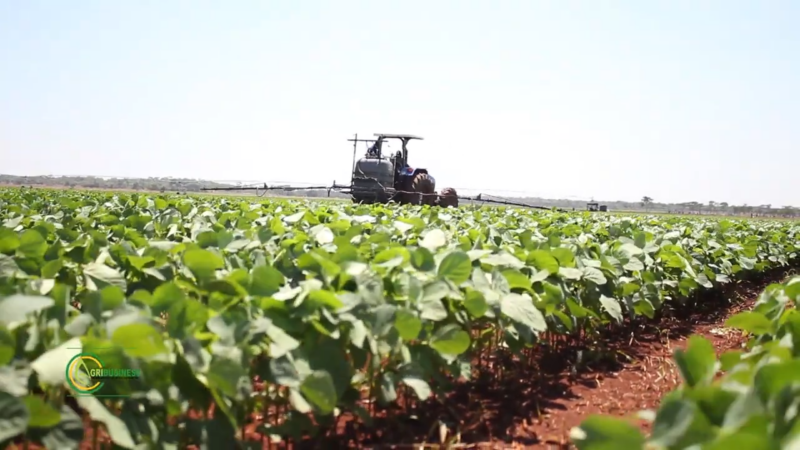
Soybean production reached an unprecedented 4.59 billion bushels, marking a 10% increase from 2023. This surge is attributed to both higher yields and an expansion in the harvested area.
Yield Reaches 53.2 Bushels Per Acre
Soybean yield set a new record at 53.2 bushels per acre, an increase of 2.6 bushels compared to last year. This boost in yield reflects favorable growing conditions and advancements in crop management techniques.
Expansion in Harvested Area
The area harvested for soybeans grew to 86.3 million acres, up 5% from 2023, indicating a strategic shift towards this high-demand crop.
The combination of record yields and increased acreage positions soybeans as a key crop for U.S. farmers, driven by strong market demand and favorable returns.
3. 25% Increase in Total Cotton Production
Cotton production jumped to 15.1 million 480-pound bales, a 25% increase from 2023. This rise is due to a significant expansion in harvested area, even though yields have declined. The average yield for cotton decreased to 840 pounds (ca. 381 kilogram) per acre, down by 59 pounds (0.03 t) from 2023.
This decline reflects challenges such as adverse weather conditions in major cotton-growing regions.
Significant Increase in Harvested Area
- The harvested area for cotton expanded to 8.63 million acres, a substantial 34% increase from last year.
- The total area planted with cotton saw a 9% rise from 2023, reaching 11.2 million acres.
4. All Wheat Production Up by 9%
Total wheat production reached 1.98 billion bushels, a 9% increase from 2023. Yields improved across most varieties, though the total harvested area showed only a slight increase.
Winter Wheat Achieves Strong Results
- Production: Winter wheat production was forecasted at 1.36 billion bushels, up 9% from 2023.
- Yield: Yield increased to 53.2 bushels per acre, reflecting a 2.6 bushel improvement.
Durum Wheat Production Rises by 30%
Durum wheat experienced a significant production increase, up by 30% from 2023, despite a 14% reduction from the previous forecast. This growth is largely due to a 26% increase in harvested area, although yield per acre saw a slight dip.
Other spring wheat production rose by 8%, despite a decrease in the harvested area. Yield per acre for other spring wheat was slightly lower than earlier forecasts but still represented a 6.6 bushel increase from 2023.
Wheat’s performance varied significantly by type, with strong growth in winter and durum wheat contrasting with more modest gains in other spring varieties. The diversity in outcomes highlights the need for targeted strategies based on regional and varietal conditions.
Strategic Shifts in Crop Allocation
Farmers are clearly making strategic decisions based on a complex interplay of market conditions, input costs, and environmental factors. The reduction in corn acreage and the corresponding increase in soybean planting suggest farmers are prioritizing crops with higher profitability and lower input costs.
Soybeans, with their lower fertilizer requirements and strong market demand, have become an increasingly attractive option.
Cotton Expansion Despite Yield Challenges
Cotton’s substantial acreage increase, even in the face of declining yields, indicates a calculated risk-taking approach. Farmers are betting on favorable market conditions to compensate for yield reductions due to adverse weather.
Technological Advancements Driving Yield Gains
The record yields in corn and soybeans underscore the impact of advancements in seed technology, precision agriculture, and crop management practices. These innovations are enabling farmers to achieve higher productivity even as they navigate challenges like rising input costs and climate variability.
Continued investment in agricultural technology will be crucial for sustaining and further improving yields, especially as environmental and economic pressures mount.
Weather Remains a Critical Factor
While technological advancements have boosted yields in some crops, the weather continues to play a pivotal role in agricultural outcomes. The drop in cotton yield and variability in wheat production across different varieties highlight the ongoing challenge of adapting to unpredictable weather patterns.
Building resilience to weather variability through better crop varieties, improved irrigation practices, and adaptive management strategies will be essential for maintaining and enhancing crop productivity.
Implications for 2025
Expect a continued emphasis on maximizing yield per acre through technological and agronomic advancements, particularly in high-value crops like corn and soybeans. Farmers will likely continue to adjust crop allocations in response to market conditions, input costs, and environmental factors.
The success of this strategy in 2024 suggests it will remain a key approach moving forward. Investments in resilience-building practices, such as drought-resistant crop varieties and efficient water management, will be critical as climate variability increasingly influences agricultural outcomes.



